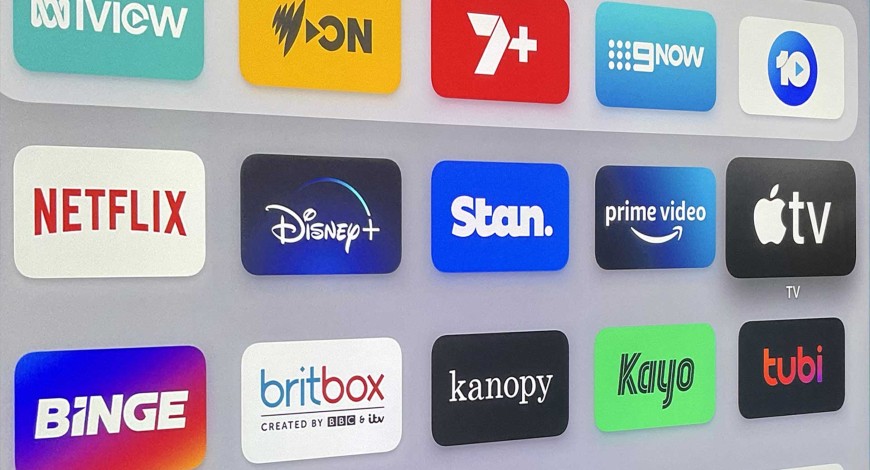Trends
Video streaming market to hit $416.84 billion by 2030

The global video streaming market size is expected to reach USD 416.84 billion by 2030, registering a CAGR of 21.5% from 2023 to 2030, according to a new report published by Grand View Research, Inc. Prominent technological advancements like execution of blockchain technology in video streaming and the practice of Artificial Intelligence (AI) to advance quality of videos are expected to augment the growth of video streaming market over the forecast period.
Key industry insights & findings from the report:
- The increasing usage of videos in corporate training and the impact of video streaming on the education sector are anticipated to drive the growth of the market.
- The Over-the-Top (OTT) segment is expected to register the highest CAGR over the forecast period. The growth is attributable to key trends in OTT, including increased demand for digital original content, hybrid monetization models, and intensive competition resulting in content fragmentation.
- The Asia Pacific regional market is expected to witness significant growth over the forecast period owing to the increasing demand for high-speed internet connectivity and Video-on-Demand (VOD) streaming.
Video Streaming Market Size, Share & Trends Analysis Report By Streaming Type, By Solution, By Platform, By Service, By Revenue Model, By Deployment Type, By User, By Region, And Segment Forecasts, 2023 – 2030 “, published by Grand View Research.
Video streaming market growth & trends
Emerging cloud-based streaming solutions for augmenting the scope of content is directly influencing the growth of the market. This tendency is observed in various parts of North America and Asia Pacific.
Moreover, other factors ascribing to the growth of the market are rapid, increase use of mobiles and tablets, digitalization and the growing popularity of online video streaming. Prominent demand for high-speed internet connectivity, on-demand videos and the rising inclination towards original digital content are the key driving factors for the market’s growth. Video streaming has increased as a result of
the growing popularity of smartphones and a variety of high-speed internet technologies including 3G, 4G and LTE. Moreover, the growing demand for devices supporting digital media is helping consumer’s access media content anywhere across the world.
The market is divided into live and non-linear video streaming based on the type of streaming. Live streaming is the term used to describe content that is shown in real time over an internet connection. Further important findings from the study point to the live video streaming category as having the largest development potential throughout the predicted period. Also, because of the growing desire for material that can be watched online but not in real-time.
The COVID-19 pandemic regulated people to confine themselves at home and stay indoors for a prolonged period. Due to these circumstances, streaming service saw an increase in viewers and engagement, leading to a greater uptake ofvideo streaming. Platforms such as Netflix, YouTube, and Disney+ have registered a spike in the viewership worldwide.
Organizations like Hotstar and Netflix executed machine learning and AI algorithms to study user behavior and demographics. This aided organization in identifying audience interests and offering modified content references to keep them frequently engaged. Subsequently, these AI-based platforms offer viewers content satisfying their specific interests, providing them with a highly personalized experience. Bloomberg





